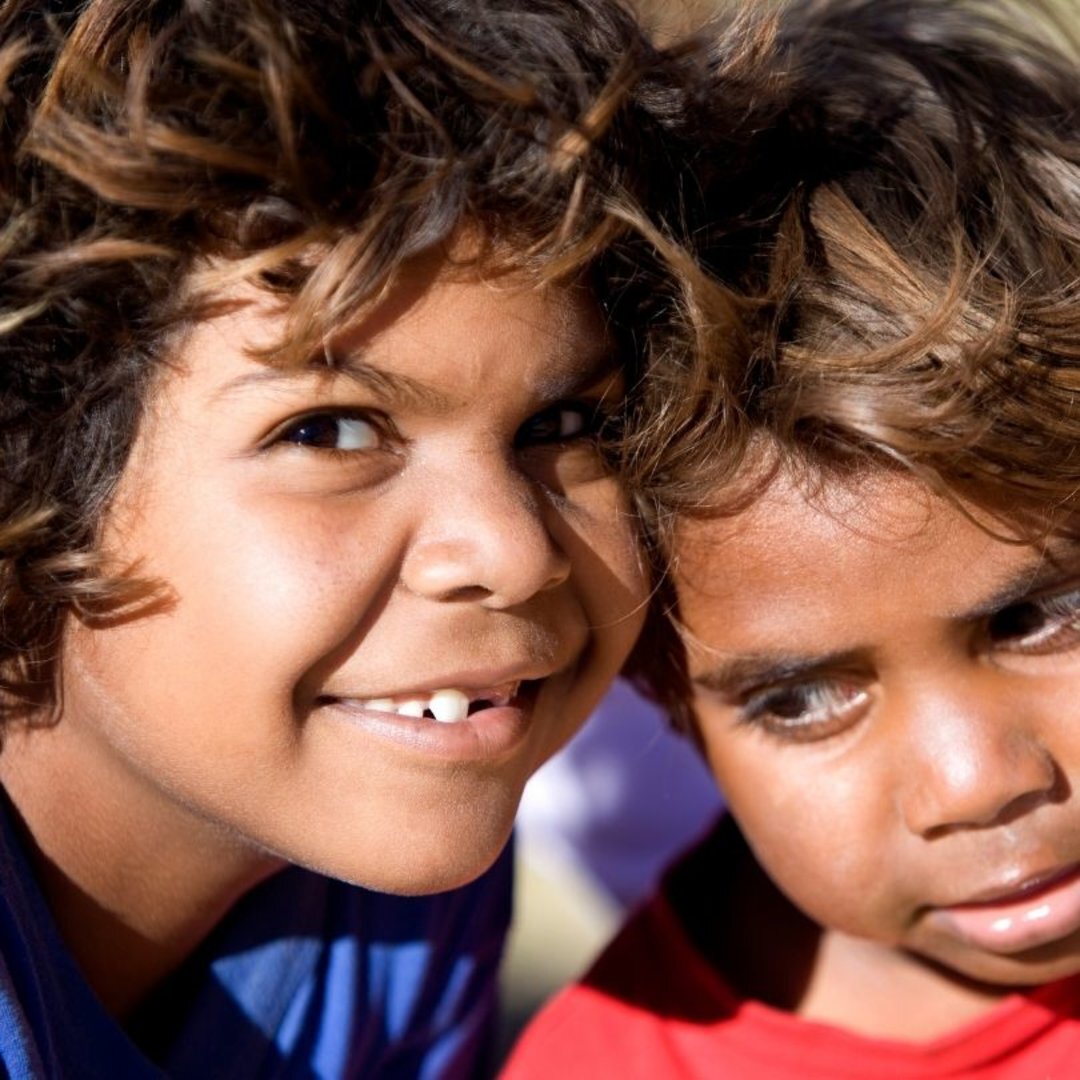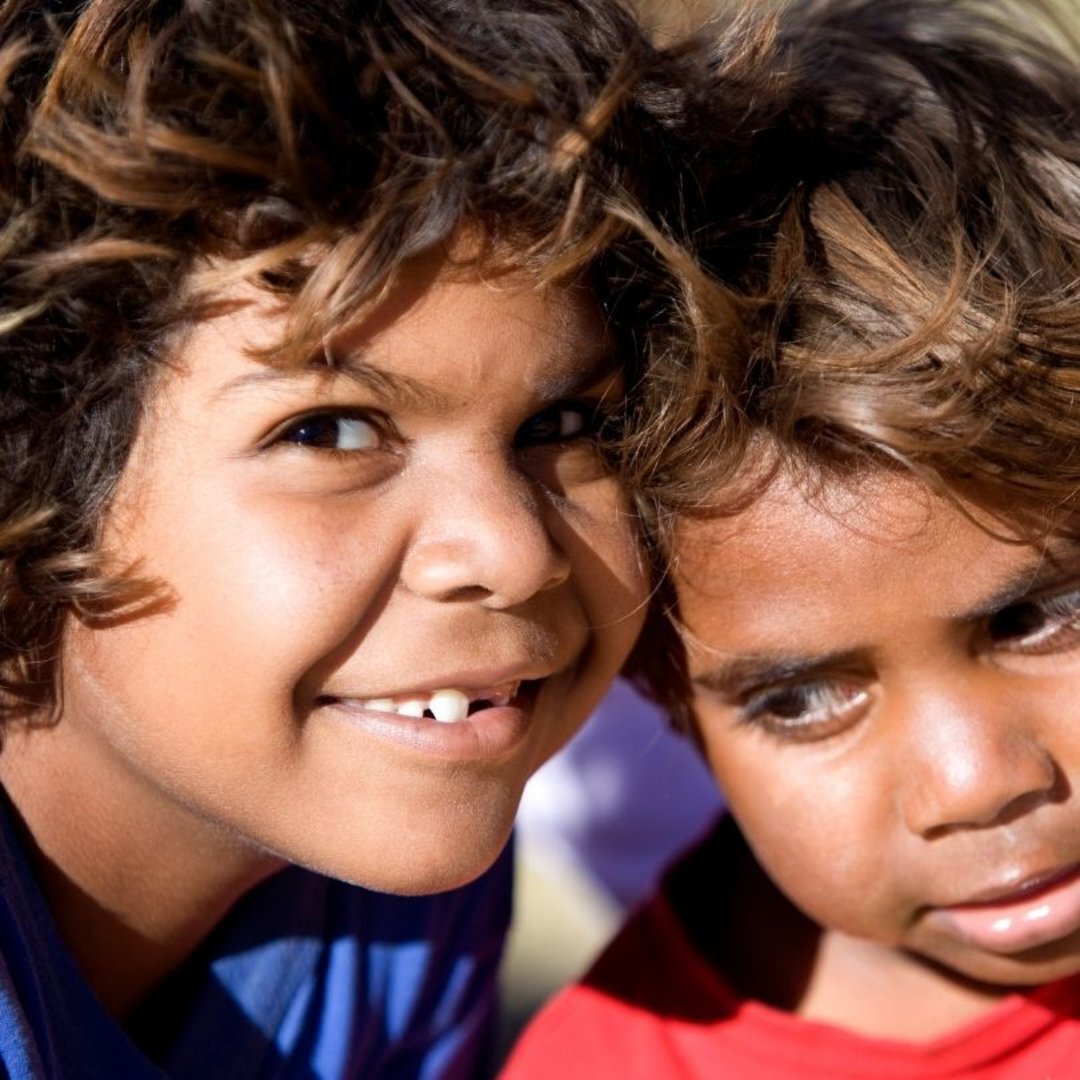What Aboriginal and Torres Strait Islanders Can Teach Us About Autism

Rachel Worsley | 11/07/2021
Rachel Worsley analyses a peer-reviewed study about Aboriginal and Torres Strait Islander views on autism to shed insight as part of NAIDOC Week 2021.
Although autism is one of the most researched neurodevelopmental conditions, there has been minimal research done about the experiences of Aboriginal and Torres Strait Islander communities in Australia.

A 2020 study published in the peer-reviewed journal Autism has revealed the complexity of attitudes towards autism. Around 16 families with autistic children living across Australia were interviewed about their experiences.
The Macquarie University researchers have revealed four general themes of attitudes towards autism in Aboriginal and Torres Strait Islander communities, with each theme broken down into two subthemes.
Overall, the research suggests a “marked tension” between acceptance of autism by sections of the Aboriginal and Torres Strait Islander communities, as well as stigma, shame and discrimination about autism in those communities as well.
As with lots of research in autism, the focus is predominantly on autistic children as opposed to autistic adults. However, the themes raised would be extremely familiar to many engaged in neurodiversity at work and autistic adults. They provide food for thought on how culturally diverse groups view autism.
And arguably, given the Eurocentric focus of autism research to date, we have much to learn from this group.
Let’s break down some examples and stories from this research below.
Major Theme 1: Looking after each other
Subtheme 1: Looking after our own mob
Context: The role of the immediate family in supporting autistic children is a big focus for families with autsitic children. The research also suggests a particularly strong role for peer groups of Aboriginal children, often described as “cousins”, to foster inclusion of autistic children in society.
What They Said: "Whenever my boys are around Aboriginal kids, they’re just them...there’s no autism because we’ve not grown up with ‘that child has something’ or ‘oh that’s your cousin’. It’s a different way of thinking that’s far more positive.
What They Said: "They protect [my autistic son] “like little lions”. If anyone from outside the family comes in and says or does something in the playground with Kai, all those little cousins will come in and they enclose a circle around him and they protect him. Then they explain to the other kids that he’s got autism.”
Subtheme 2: Everyone has a place
Context: The research reports a general sentiment among all families that all individuals have a place and a sense of belonging. However, some members of the Aboriginal and Torres Strait Islander community expressed skepticism about labelling their kids with an autism diagnosis.
Here are some of the reasons for the skepticism:
- Aboriginal and Torres Strait Islander notions of typical neurodevelopmental may differ from Western conceptions;
- Mistrust of government or health authorities leading to not accessing services;
- Missing out on autism diagnoses due to multiple intersecting health challenges experienced by the Aboriginal and Torres Strait Islander community; and
- Extensive trauma from child removal by government agencies may affect autism diagnosis rates.
What They Said: One mother that was interviewed, Willow, says “Going on country” is a form of therapy for her son, telling traditional studies and imparting knowledge about local flora and fauna as a way to connect him with his heritage and self-regulate.
What They Said: Torres Strait Islander participants commented: “We don’t actually have labels and in the Western world you’re actually putting a label on a specific condition.” One mother concurred: “It’s only when they’re put into Western standards that there’s judgment”.
Major Theme 2: Accepting autism
Subtheme 1: Embracing autism diagnosis
Context: Despite skepticism over a diagnosis label, many mothers say for the most part, the diagnosis is helpful for realising that other family members or even themselves may also be autistic too:
What They Said: “Digging deeper, we’re finding a lot of family history where people have always just referred to family members, ‘oh no, they’re just a bit slow.” Now she believes that they’re potentially on the spectrum.
What They Said: “I started ticking some boxes for myself. It can explain a lot; it can help me understand my life.”
Subtheme 2: Thinking positively about autism
Context: Some mothers drew on the idea that autistic children have special gifts and have taught them to be better people. They were keen to encourage their children’s gifts, such as in drawing and to teach others in their community that their way of thinking is different, not a deficit. The discussion is very similar to a strengths-focused approach encouraged by the idea of neurodiversity.
What They Said: One person believed that autistic people had a special status in traditional Aboriginal society as ‘medicine men, or healers and things like that”
What They Said: “What if it’s actually that they’re so much more intelligent and smarter than everyone else, that it’s just evolution. That’s the next stage for everyone. Why they don’t fit in our bubble now is because we just don’t fit in theirs.”
Major Theme 3: Feeling shame and being stigmatised
Subtheme 1: Thinking negatively about autism
Context: On the flip side, there is also a lot of stigma around autism in the broader autism community, particularly around shame. Shame is often used as a noun in Aboriginal English, as in ‘that’s a shame job, or I’ve got shame’. Shame is a complex concept for Aboriginal communities, and leads to social isolation of families with autistic children as they avoid talking about autism. In contrast, physical disabilities seem to be more widely accepted.
What They Said: “Kids are getting missed, you know, slipping through because some parents are in denial or parents don’t know what help to get or parents are made to feel like they’re made because they’re thinking it. Or, even worse, that it’s shame if you think it.”
What They Said: “But I do have cousins who have physical disabilities, and everyone’s all - no problem with that. I think it’s just the ones where you can’t see that everyone gets a bit shame about, or even shame saying anything, for fear of offence maybe.”
Subtheme 2: Limited awareness of autism
Context: Autism is a fairly new concept for many Aboriginal and Torres Strait Islander communities, with a lack of information and awareness about autism holding back families from finding work. Aboriginal and Torres Strait Islander children may be misdiagnosed with ADHD or Oppositional Defiant Disorder. Furthermore, with well-documented health challenges in this community, autism flies under the radar.
What They Said: There are no traditional medicines to treat autism, so it’s assumed by some participants that “it’s something new that came about because we’re living this new life in the Western world.
What They Said: “There are the kinds of things that we never grew up with. We don’t know of autism, Asperger’s, Down Syndrome...this is something new for our communities and our communities are at that real rudimentary level of not absolutely knowing anything about it.”
Theme 4: Social isolation
This theme focuses on the challenges faced by “staying at home” as well as “limits to inclusion and community”. For example, many families reported that they would prefer to stay home to avoid stigmatising encounters, or because their autistic children were reluctant to leave the house. In addition, while some of their communities are inclusive, others say that it can be a challenge to involve their autistic children in traditional community activities.
What Researchers Say
“The underrepresentation of Aboriginal and Torres Strait Islander people in autism research impedes access to culturally-appropriate supports and services and the building of a sound knowledge base on which to construct culturally-safe policies and practices.”
Quality research that can inform future services, programmes and policies and which is based on participatory principles that recognise Aboriginal and Torres Strait Islanders as experts on their lives is urgently needed.”
“This research, highlighting the complexity of attitudes towards autism and the realities of social isolation and stigma, is the first step towards that goal.”
The Final Word
This research is limited to the experiences of 16 mothers talking about their autistic children, and cannot be seen as fully representative of all the views of Aboriginal and Torres Strait Islander communities. Nonetheless, exploring these views in research is an important first step to triggering important conversations around being inclusive of all views around autism and neurodiversity, especially from our Aboriginal and Torres Strait Islander communities.
Learn More: Link to the original study abstract.
Neurodiversity Media respectfully acknowledges the Terramerragal and Gadigal people of the Eora nation and the Bunurong Boon Wurrung and Wurundjeri Woi Wurrung people of the Eastern Kulin nations, Traditional Custodians of the land on which we live, work and learn. We pay our respects to Elders past, present and emerging.